by Tasha Sorensen
We must give due consideration to the tenuous balance between fish and wildlife conservation and energy development and update our antiquated public land energy policy before it’s too late.
Our public lands help sustain America’s energy needs, host a variety of outdoor recreation opportunities and provide healthy habitats to support some of the last strongholds of native fish and wildlife.
As a mom, aunt and grandma it is also important that there are special places where our sporting traditions can be shared and handed down to the next generation. These are places that are too special to be developed––places like the Tendoy’s in Montana, the Roan Plateau in Colorado, Utah’s Book Cliffs or the Wyoming Range.
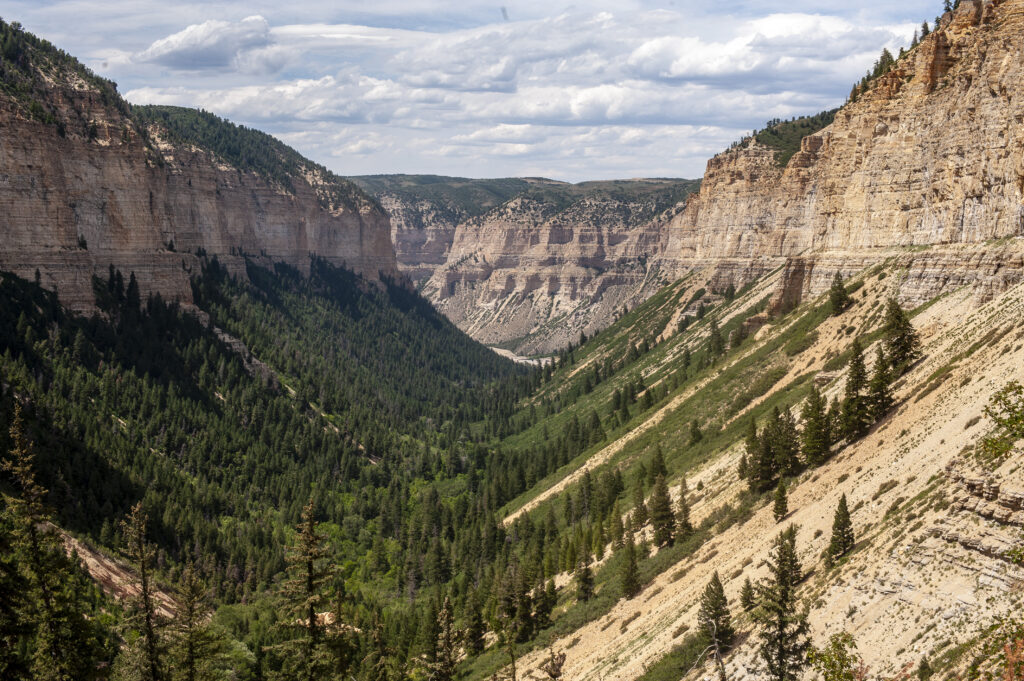
Accessing public lands––whether by hooves, feet or four-wheel drive—is a critical part of determining which places are ripe for development, which are ideal for preserving and places where both can co-exist. In places where modern technology dictates economically recoverable sources of oil and gas, we can reform policy so that industry is incentivized to minimize impacts to the surface while responsibly managing recovery of energy resources.
Avoiding areas with little to no potential of ever producing viable quantities of oil and gas should also be in the playbook. We can and should curtail rampant public lands speculation and ensure there is enough money in the bond rate to clean up and restore any surface disturbance. These are reasonable asks for any landowner—employ the latest technology, focus development when and where it makes sense and fully remediate any impacts from development.
From bird watching to harvesting an elk or landing a colorful, feisty trout, these public lands provide opportunities that deserve careful consideration before any type of development is greenlighted. Roads, wind turbines, solar panels, well heads, etc. all have their trade-off’s, and having an upfront plan that addresses an area’s suitability and/or compatibility for both conservation and energy development, signals the importance of finding common ground and working together to reduce conflicts.
Wyoming energy week
In July of 2021, Trout Unlimited hosted energy week in southwestern Wyoming bringing together conservation advocates, natural resource policy advisors, industry professionals and state and federal partners to discuss a wide range of sensible oil and gas policy reforms. With the Biden administration expected to outline recommendations soon for modernizing the federal oil and gas program on public lands, getting stakeholders out on the landscape is important to understand the issues at hand.
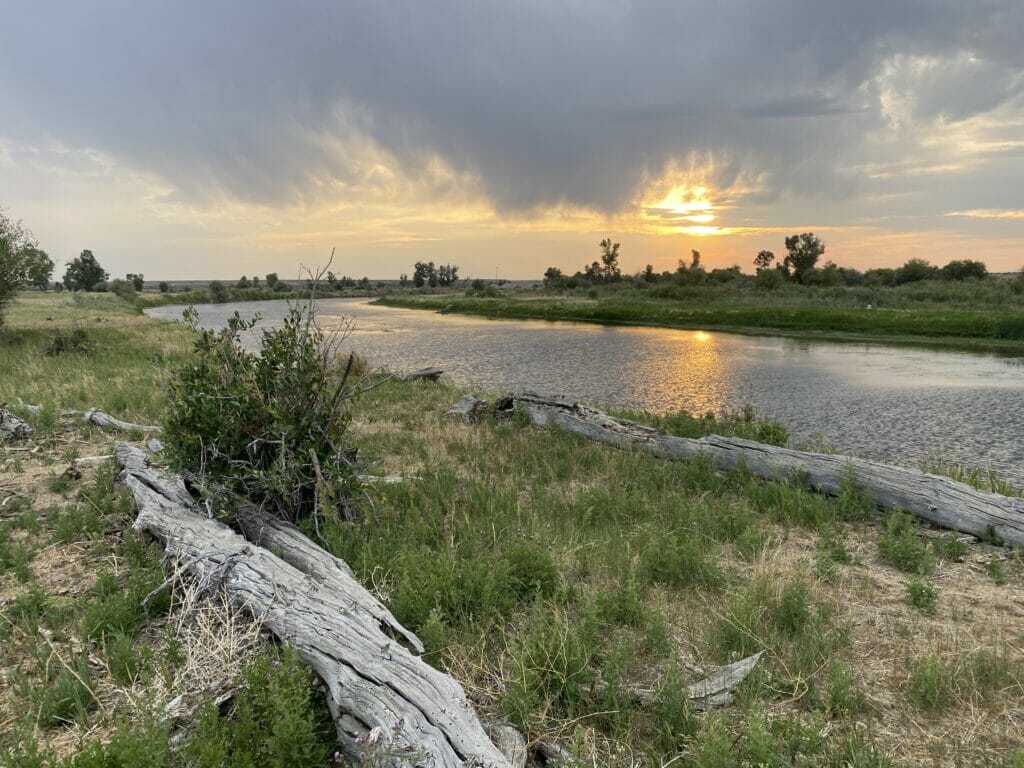
Wyoming is ground zero for energy transformation and offers landscapes easily accessible for viewing the sharp contrast between areas where new policies could have real on-the-ground impacts. Places like Seedskadee National Wildlife Refuge (NWR), a strip of riparian green running north to south alongside natural gas fields, exemplifies the challenges of managing for multiple uses in a state that wants it all––wind, solar, fossil fuels, geothermal, nuclear AND world-class fish and wildlife.
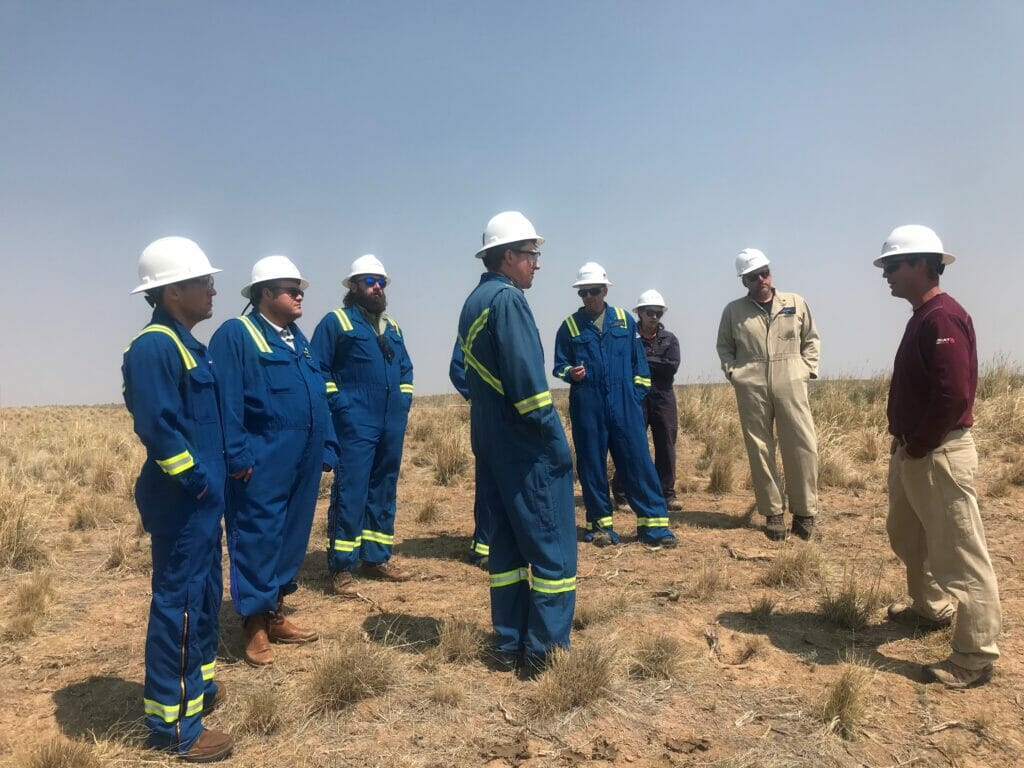
In the field from Utah, we were joined by Matt Anderson, deputy director of Utah’s Office of Energy Development and Clay Crozier, Eastern Utah director for Sen. Mitt Romney. From Wyoming we were pleased to have Tom Koerner, U.S. Fish and Wildlife Service (USFWS) project leader for central sage steppe conservation complex and the new USFWS sage ecologist, Colin Dovichin, both stationed at Seedskadee NWR. Brandon Scurlock, Wyoming Game and Fish Department wildlife coordinator for the Pinedale region also joined us offering insight on issues affecting the entire Bureau of Land Management Rock Springs planning area (currently under revision). Kendra Meeker, current TU Seedskadee Chapter member and industry professional informed our message of reasonable reforms by ground-truthing many of our positions and potential hurdles.
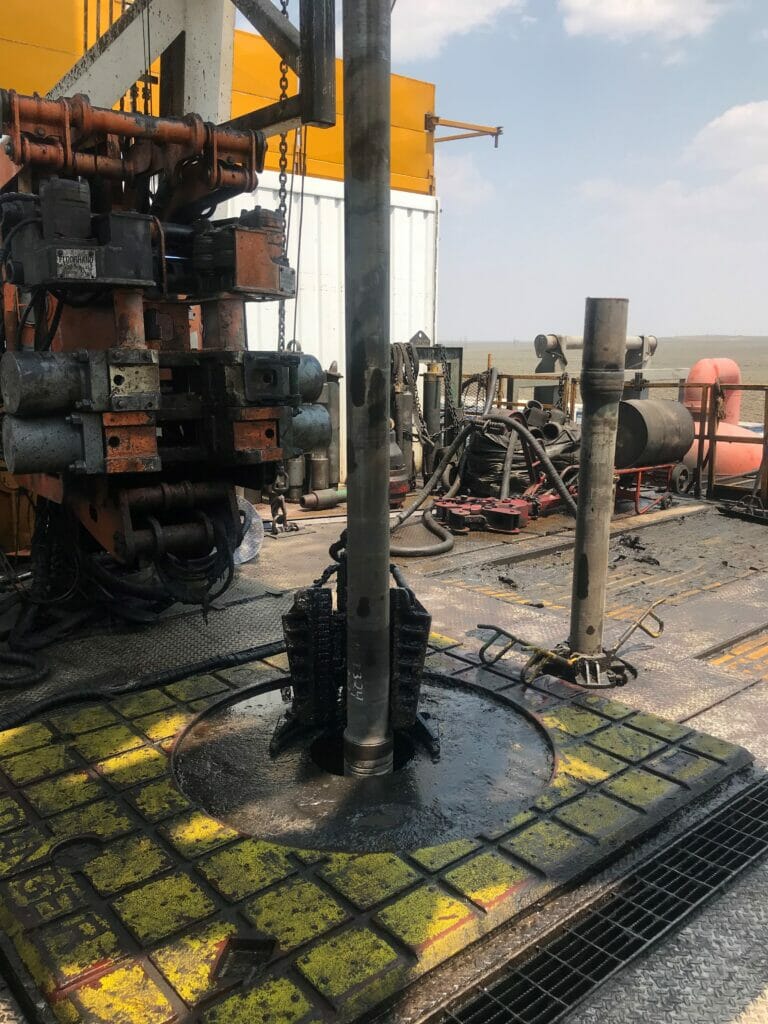
On the tour of the Jonah Field we had great discussions about several of Jonah’s progressive conservation and reclamation efforts. In the control tower on the hybrid-powered drill rig, at a depth of over 15,500 feet, we were reminded of the technology that exists for extracting sub-surface energy sources, often near valuable trout fisheries. We saw firsthand the kind of best practices employed by Jonah Energy, but even with strict adherence to environmental regulations, oil and gas development near the refuge would undoubtedly impact the robust avian, aquatic and terrestrial species that depend upon these and surrounding lands to survive.
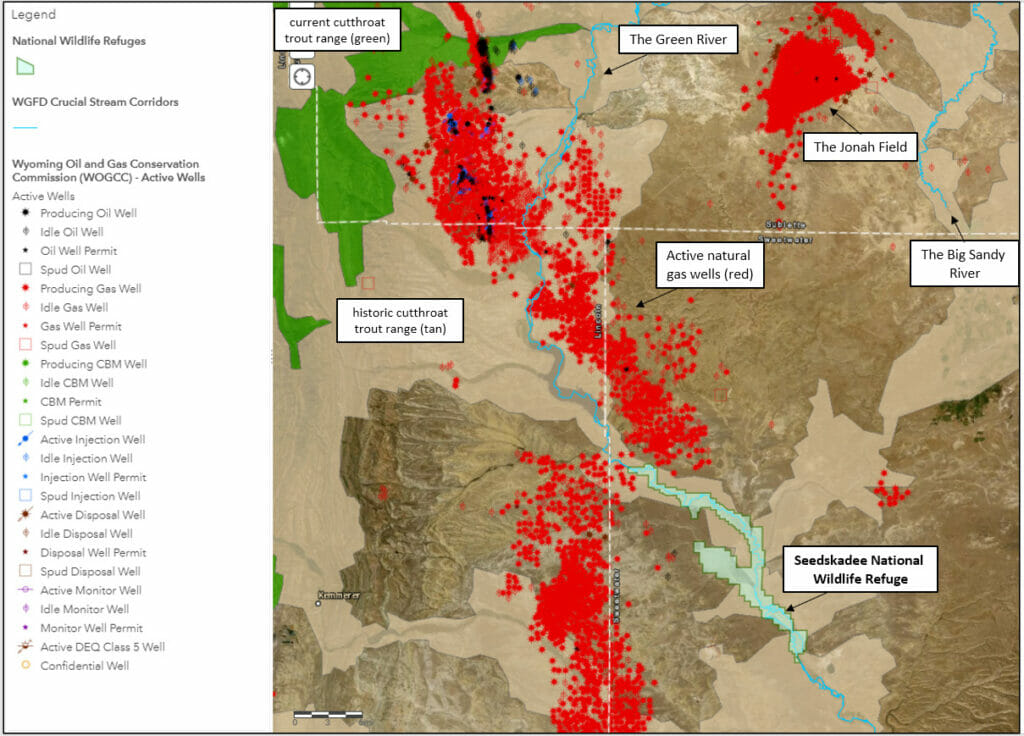
This map highlights the density of development that exists there already and illustrates the urgency with which we should protect remaining, interconnected special places like Seedskadee NWR, Green River watershed and a bit further to the south, the Greater Little Mountain area.
On the water, many were able to witness a renowned fishery in action as we boated several large fish including a gorgeous six-pound brown trout that smashed a hopper pattern in an eddy behind a large boulder. The fight with that horse was a bit of a slapstick rodeo as the fish wrapped briefly around a rock, but we finally got the 26-plus incher to the net!
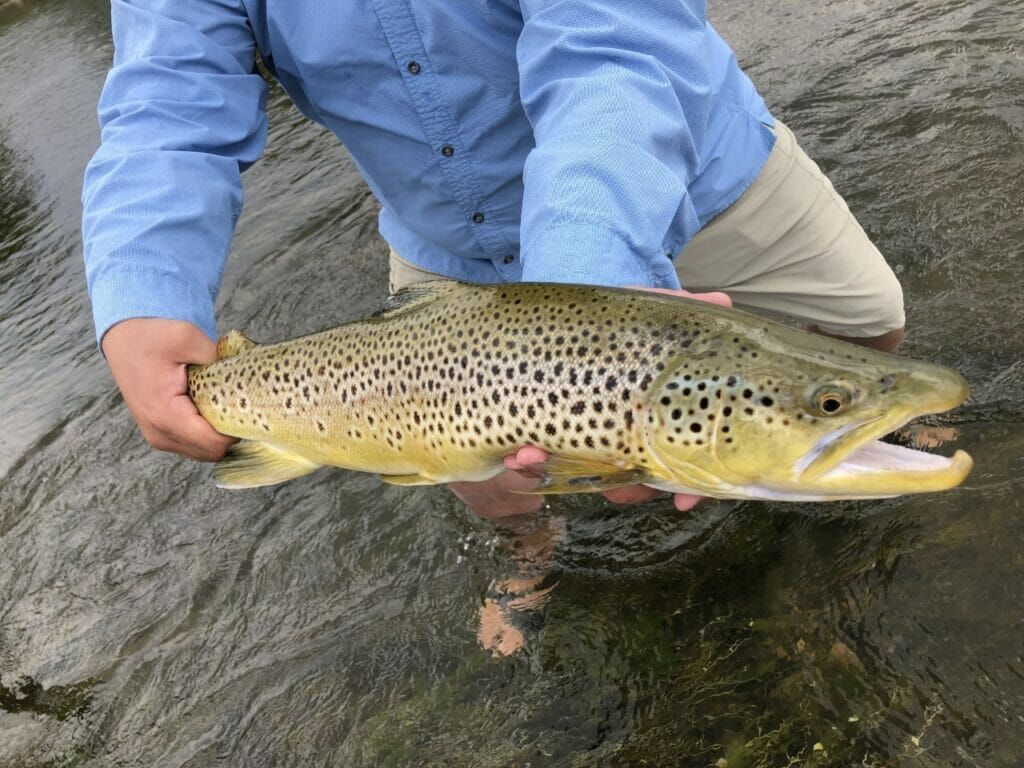
Getting on the landscapes affected by energy development as well as those harboring fish and wildlife is imperative to understanding the issues at hand and how best to work together towards reform. While competing interests are not likely to go away soon, there are ways to do what’s best for both competitors.
To learn more about TU’s energy priorities visit tu.org/responsibleenergy
Tasha Sorensen is TU’s western energy lead for its Angler Conservation Program.



